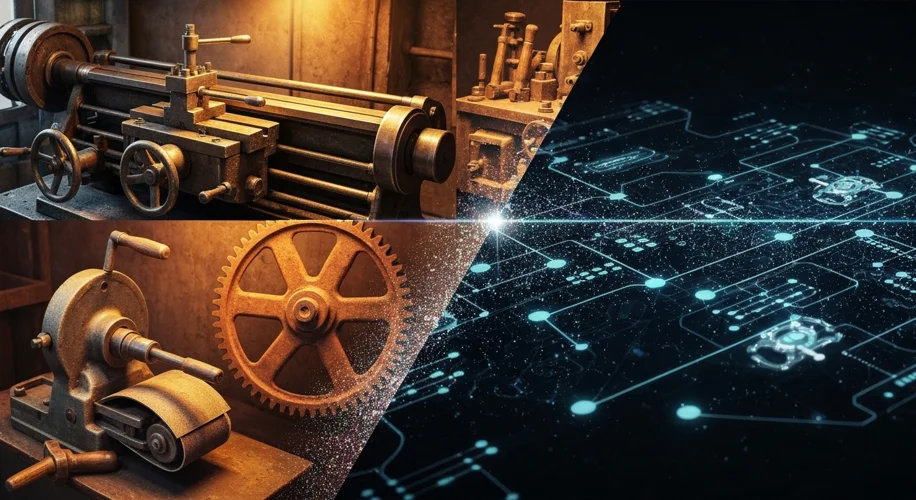It’s August 2025, and the way we think about jobs and the economy is shifting under our feet. As someone who’s spent decades in the tech world, I’ve seen firsthand how innovation reshapes industries. Today, I want to talk about what’s happening in the labor market – not with hype, but with a clear-eyed look at the data.
We’re in an era defined by technology. Automation, artificial intelligence, and data analytics aren’t just buzzwords; they’re actively changing what jobs exist and what skills are needed. Think about it: tasks that were once done by people are now being handled by machines. This isn’t necessarily a bad thing; it often frees up human workers for more complex, creative, or strategic tasks.
Take manufacturing, for instance. While automation has reduced the need for some manual labor, it’s also created new roles in robotics maintenance, programming, and quality control for automated systems. The skills required have changed, moving from physical dexterity to technical expertise and problem-solving.
Demographics play a huge role too. We’re seeing an aging workforce in many developed countries, coupled with younger generations entering the job market with different expectations and skill sets. This shift impacts everything from the types of jobs available to how companies manage their talent. Companies need to think about knowledge transfer from experienced workers and how to engage a digitally native workforce.
When I look at economic indicators, I’m not just seeing numbers; I’m seeing the story of how technology is influencing them. For example, productivity gains are often linked to technological adoption. When businesses invest in new tools and processes, they can often produce more with the same or fewer resources. This can lead to economic growth, but it also raises questions about how those gains are distributed.
We also need to consider the skills gap. As technology advances, there’s a growing demand for workers with skills in areas like data science, cybersecurity, AI development, and advanced manufacturing. Educational institutions and training programs are racing to keep up, but the pace of change is relentless. It’s crucial for individuals to embrace lifelong learning to stay relevant.
From my perspective, the key isn’t to fear these changes, but to understand them. Technology is a powerful tool, and like any tool, its impact depends on how we use it. We need to foster an environment where technology supports human potential, creates meaningful work, and contributes to a stable economy for everyone.
It’s a complex picture, blending technological advancement with human and economic factors. By staying informed and engaging in thoughtful discussion, we can better navigate this evolving landscape and shape a future of work that is both innovative and inclusive.

